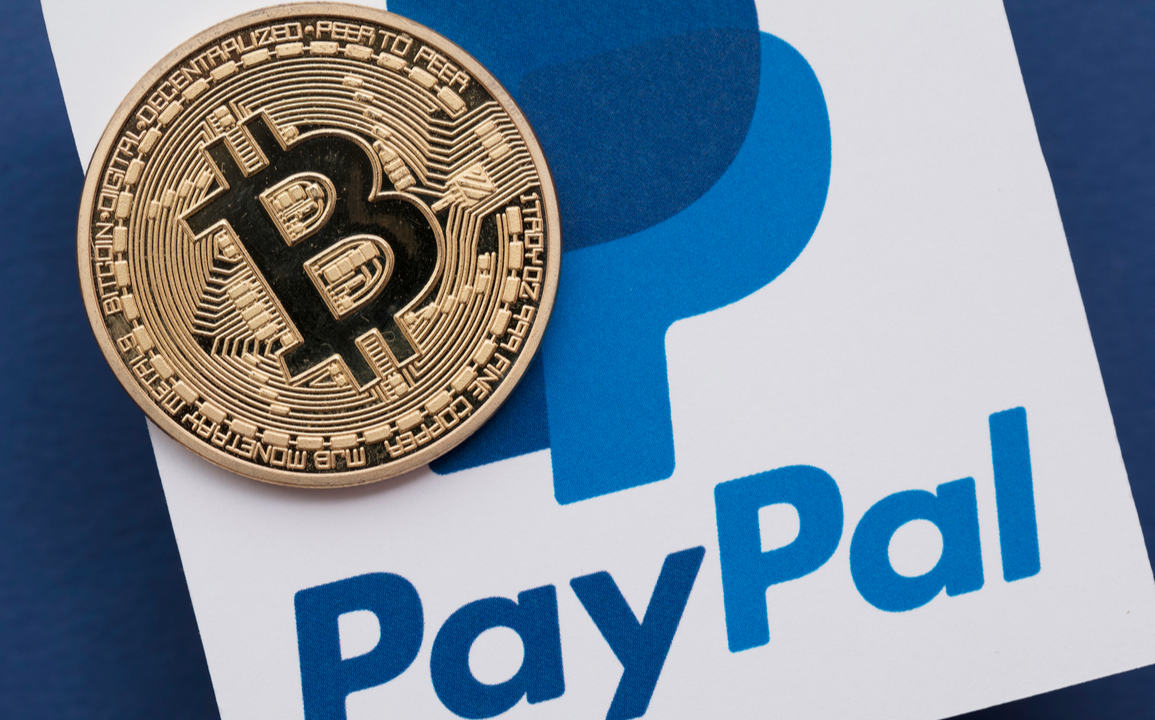Over the past few years, PayPal opened the door to cryptocurrency, letting users buy, sell, hold, and now send Bitcoin without ever leaving the app. For people who already use PayPal daily, it’s an easy way to move BTC without setting up a separate wallet.
Here’s what the process actually looks like in practice.
1. Check if Your Account Supports Crypto
Not every PayPal account can send Bitcoin. You’ll need to be in a supported region and have your identity verified. That means uploading an ID, linking a bank account or card, and accepting the crypto terms. If you open the app and don’t see the “Crypto” section, the feature probably isn’t live for you yet.
2. Make Sure You Have Bitcoin in PayPal
You can’t send what you don’t have. There are three ways to get BTC into PayPal:
- Buy it directly in the app using your linked payment method
- Receive Bitcoin from another PayPal user
- Transfer it from an external wallet (only if that option is enabled in your country)
PayPal shows you the current price and fees before you confirm the buy, so nothing is hidden.
2. Make Sure You Have Bitcoin in PayPal
You can’t send what you don’t have. There are three ways to get BTC into PayPal:
- Buy it directly in the app using your linked payment method
- Receive Bitcoin from another PayPal user
- Transfer it from an external wallet (only if that option is enabled in your country)
PayPal shows you the current price and fees before you confirm the buy, so nothing is hidden.
3. Go to the Transfer Option
Once you’ve got some Bitcoin in your balance:
- Open the Crypto section
- Select Bitcoin (BTC)
- Hit “Transfer”
- Choose “Send”
From there, you’ll either paste in the recipient’s wallet address or, if sending to another PayPal user, enter their email or username.
4. Triple-Check the Address
Bitcoin isn’t like a bank transfer. If you send to the wrong address, there’s no “undo” button. Look over the recipient’s details twice, maybe three times, before you hit send.
5. Review the Fees and Confirm
PayPal will tell you exactly what you’re paying in network fees (for on-chain transfers) and any extra service charges. Internal PayPal-to-PayPal transfers are usually faster and often skip the blockchain fee entirely. Once you confirm, your Bitcoin is on its way.
6. Save the Receipt
Take a screenshot or save the confirmation email. Crypto transfers can have tax implications, so it’s worth keeping a record.
Bottom Line
Sending Bitcoin on PayPal feels a lot like sending money to a friend, just with the added responsibility that comes with crypto. As long as you check the address carefully and know the fees upfront, it’s a simple way to move BTC.
This article was originally published on InvestingCube.com. Republishing without permission is prohibited.


